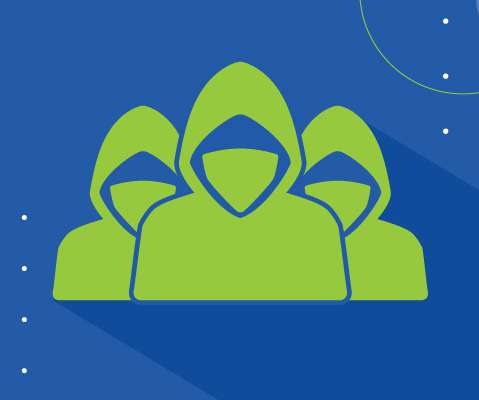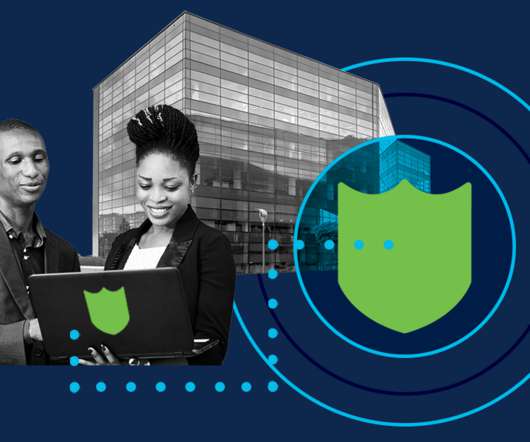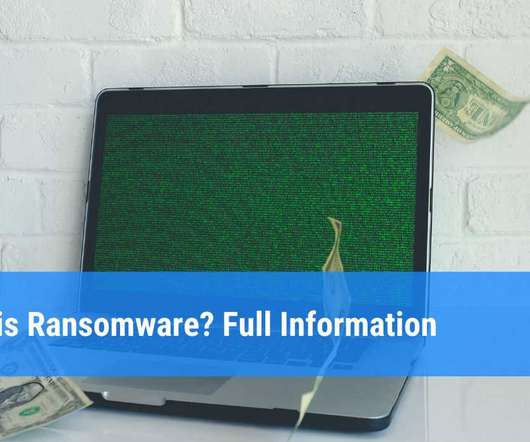15 Best Cybersecurity Blogs To Read
Spinone
OCTOBER 10, 2019
The best way to stay up-to-date with the recent trends is by reading the top cybersecurity blogs. Here’s our list of the best cybersecurity blogs to read and follow. Securing Tomorrow SecuringTomorrow is a blog by McAfee, one of the biggest security software providers. The main focus here is the social side of data loss.




















Let's personalize your content